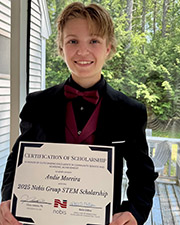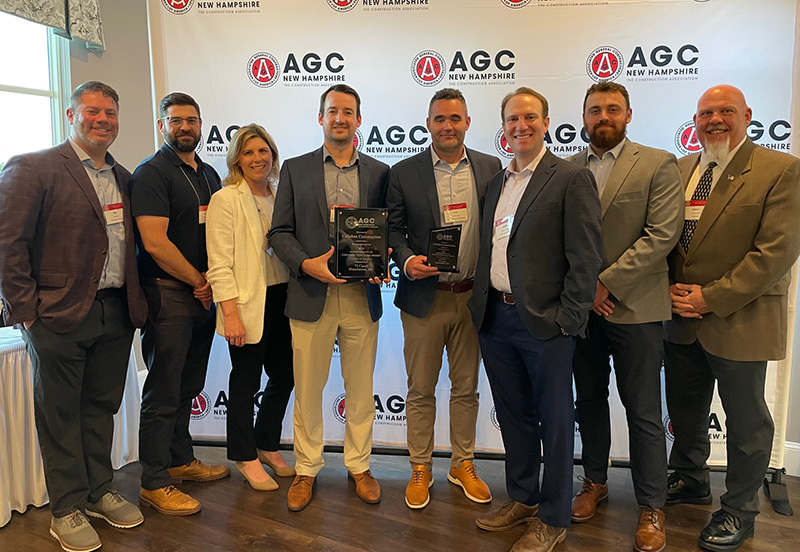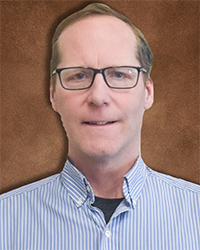News: Construction Design & Engineering
Posted: March 20, 2014
With the launch of LEED version 4, real estate is being transformed; consumers want to know more
Social media and environmental advocacy have created a tipping point in how consumer goods are made. Remember the "yoga mat" chemical that Subway quickly removed from its sandwiches, compelled by FoodBabe.com? And what of the Baby Shampoo that our grandmothers trusted since 1953, from one generation to the next, at baby's bath time, the one with the "No More Tears" label? Johnson & Johnson just (just!) reformulated it to make it formaldehyde-free.
Johnson & Johnson's response to their customers' concerns was stunning, and bold. "This lands right at the heart and soul of what Johnson & Johnson is about, so we really had to take this very seriously," mused Cathy Salerno, the vice president of research and development for the company's consumer products division in North America (NY Times, 01/17/2014). The underlying message is that responsible action is needed, we are no longer passive shoppers; we are demanding to know more and we require more.
Walk into your nearby Home Depot, WalMart, Target, CVS or Walgreens, and you will see aisles of products changed by the public's insistence on having safer choices.
With the launch of LEED version 4 last November, real estate is also being transformed, in response to this rising tide of consumer expectations. Ideas to enhance productivity and satisfaction, and yield operational benefits over time, are on the table in ways never before imagined. This new trend towards "transparency" has yielded a whole new conversation for owners and designers specifying products for their buildings, such as:
* What is inside the building's finish materials? What are they made of?
* Where did they come from? How were the raw materials sourced and extracted?
* How were they made? What are their environmental attributes?
Vidaris, Inc. is a recognized leader in this growing transparency field, possessing the specialized, decades-long sustainability expertise and field savvy of an in-house close-knit team of architects, industrial hygienists/toxicologists and specifiers. Architects and designers will soon be flooded with chemical information as manufacturers start releasing more and more of this detailed product data on their building product offerings. Vidaris' team works on behalf of the owner/client, guiding the design team and helping them extract useful information as the basis for informed decisions.
Vidaris uses the new product transparency tools to meet the program and performance requirements of the owner/client. When planning a new project, Vidaris advises convening a brainstorming session as the first step, either with the key decision-maker or group, to establish the scope, and to delve as deep as asked, so that the building materials consulting is aligned and client-focused, championing the client's story.
Vidaris also provides in-house training to corporate and private clients on product transparency and high performance building systems, as an approved AIA/Continuing Education System provider.
Vidaris vets products and specification language, navigating terrain "foreign" to most A/Es and owners (Health Product Declarations (HPD), Environmental Product Declarations (EPD), Responsible Extraction, REACH, GreenScreen, Cradle 2 Cradle, GreenWizard, Pharos, Declare, etc.. Vidaris' building materials review process covers a range of important issues, from targeted materials avoidance, to evaluations of HPD, EPD, and emissions data, to reviews of maintenance protocols.
Under LEED v4, credit is also given for value-added indoor air strategies. Vidaris validates indoor air quality, helps with comfort issues, and performs air monitoring checkups as part of their building system retro-commissioning service line.
The focus of work is often on owner-occupied buildings: especially healthcare, universities, hotels, corporate, public; complex buildings: hospitals, labs, federal projects; or high-value residential properties. Research and a well-defined process are critical to informed and well-documented decisions.
Catherine Bobenhausen, CIH, CSP, LEED AP BD+C, senior industrial hygienist and project manager at Vidaris, Inc., New York, N.Y.
MORE FROM Construction Design & Engineering
Nobis Group awards Robinson and Moreira STEM scholarships
Concord, NH Nobis Group, a 100% employee-owned consulting firm specializing in engineering and environmental solutions across the Northeast, has named the recipients of its 2025 STEM Scholarship: Andie Moreira of

Quick Hits
Columns and Thought Leadership

Careers in Construction Month focus on training and safety - by Joe Camilo
October is Careers in Construction Month, and rarely has it been more consequential. According to our chapter’s national parent organization, the construction industry needs to attract half-a-million new workers in the coming year to meet demand. Addressing that need is a huge job, but we at ABC MA are trying to do our part.

Ask the Electrician: Is summer a prime time for commercial electrical maintenance?
The answer is “Yes!” While January marks the official new year, many businesses view September as a fresh start. This makes summer an ideal time for commercial property owners to schedule long-term electrical maintenance projects.

The design-build advantage: Integrated interior design solutions - by Parker Snyder
When it comes to corporate interior spaces for both commercial and industrial projects, partnering with a design-build firm with in-house interior design services can offer clients many benefits. Unlike traditional delivery methods where interior designers operate independently from the design and construction teams, often creating a longer project timeline as cost negotiations and revisions ensue

The rise of incubators and co-working spaces: The latest in life sciences - by Matt Combs
In recent years, the life science industry has witnessed a shift in how companies operate and innovate. One of the key driving forces behind this transformation is the emergence of incubators and co-working spaces specifically tailored to meet the unique budget and schedule needs of startups.







